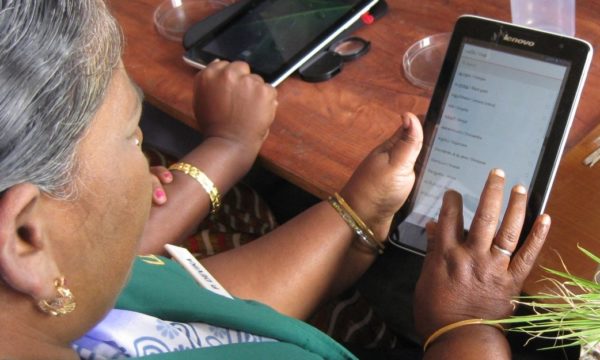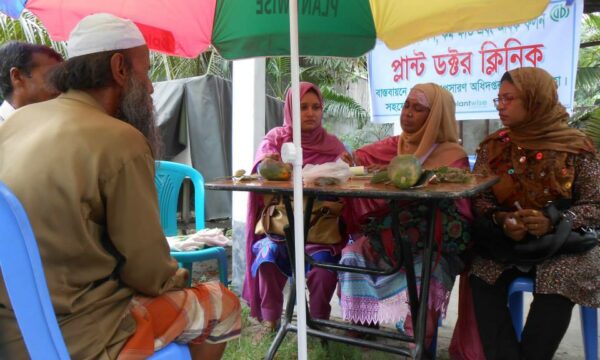 Scientists from the University of Delaware, USA, have recently uncovered critical information about the effect that deadly rice blast fungus has on rice plants, which could lead to more effective effective control measures in the fight against this disease. The team found that Magnaporthe grisea, the fungus responsible for rice blast, causes an increase in the production of abscisic acid in the plant on infection. Abscisic acid is a stress hormone usually released during times of drought to prevent the plant from losing water through holes in its leaves. However, it has been found that this hormone also causes a reduction in the disease fighting mechanisms of the plant.
Scientists from the University of Delaware, USA, have recently uncovered critical information about the effect that deadly rice blast fungus has on rice plants, which could lead to more effective effective control measures in the fight against this disease. The team found that Magnaporthe grisea, the fungus responsible for rice blast, causes an increase in the production of abscisic acid in the plant on infection. Abscisic acid is a stress hormone usually released during times of drought to prevent the plant from losing water through holes in its leaves. However, it has been found that this hormone also causes a reduction in the disease fighting mechanisms of the plant.
The first factsheet of the month for 2016 ‘Blast in Paddy‘ contains information on the current methods of control used to manage rice blast in rice, or paddy as it is sometimes known. This Pest Management Decision guide was written by Mr G. Sudhakar from the M S Swaminathan Research Foundation (MSSRF), India.
Plantwise factsheets are produced by partners in Plantwise countries for use by plant doctors and extension workers who provide advice to farmers. To see more about the content held on the Plantwise knowledge bank, please click here.
1 Comment
Leave a Reply
Related News & Blogs
Most read blogs of 2025
As 2025 comes to a close, we’ve tallied the numbers to reveal the top 10 most read blogs on the PlantwisePlus Blog this year, plus a few firm favourites! Our most read blogs feature voices from those benefiting from our work, as well as crop pest guide…
17 December 2025





This is very enlightening especially to Rice farmers and other stakeholders in the Agriculture sector. Thank you so much.